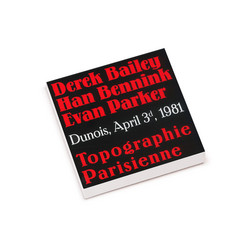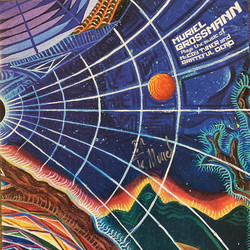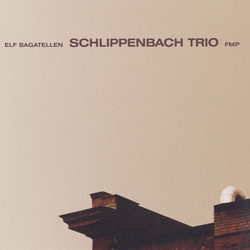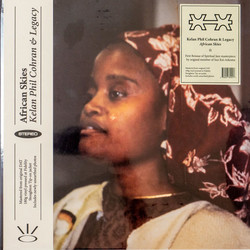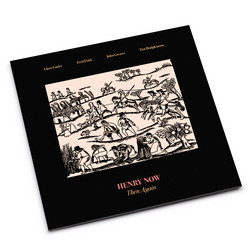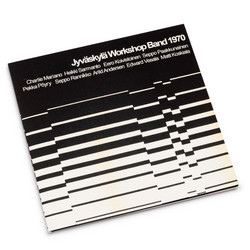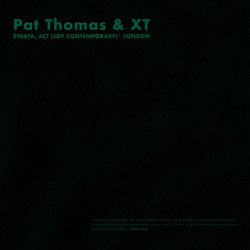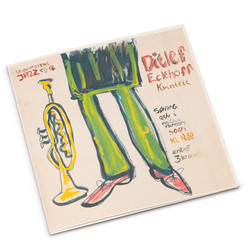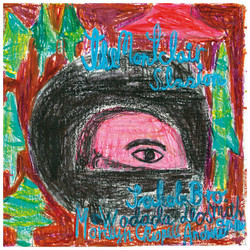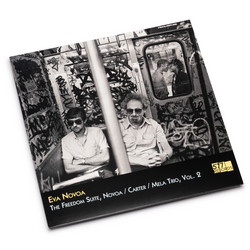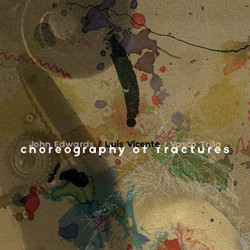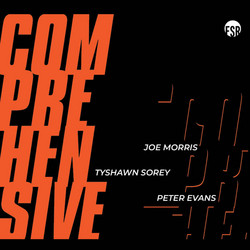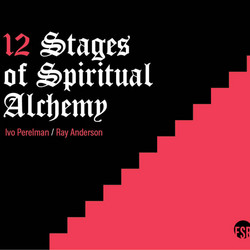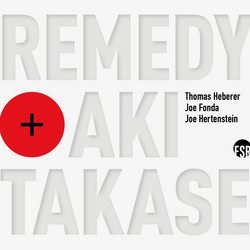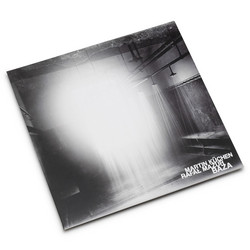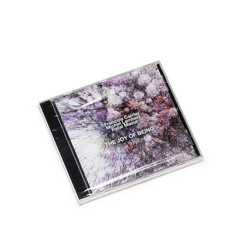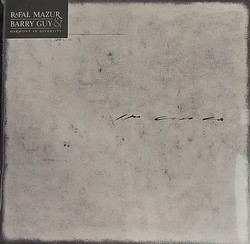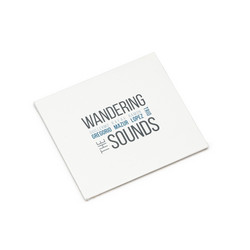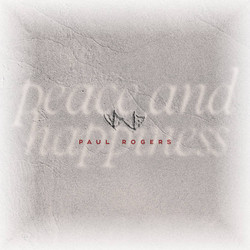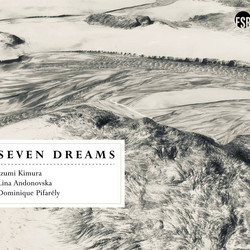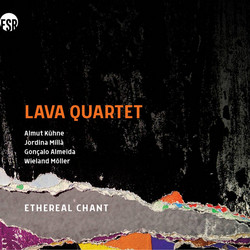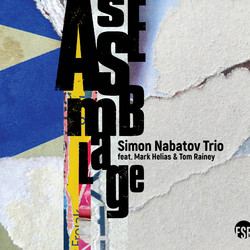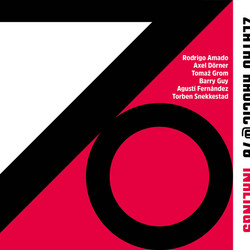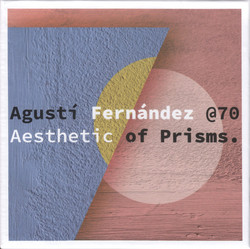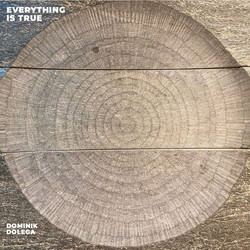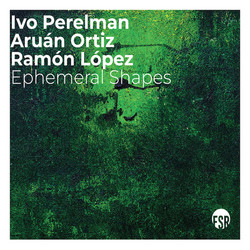Rafal MazurFeaturing: Rafal Mazur, Satoko Fujii, Guillermo Gregorio, Natsuki Tamura, Artur Majewski, Ramon Lopez
The Great Tone has no Sound (4xCD)
Twenty years ago bass player Rafał Mazur started his journey in the improvised music world. From that time he became one of the key figures on the European scene and one of the most adventurous acoustic bass players in the world. From that time he played with such great improvisers as Laurence D. Butch Morris, Joelle Leandre, Barry Guy, Agusti Fernandez among others. Now we celebrate this jubilee by releasing the four-CD box set where Rafał invited to play the music of such fantastic musicians as pianist form Japan, Satoko Fujii, his husband and one of the greatest Japanese trumpet players Natsuki Tamura, legendary clarinet virtuoso Guillermo Gregorio, fantastic trumpeter Artur Majewski and vigorous drum master Ramon Lopez.
Of course, you can hear the Great Tone that has no sound. You just have to understand what it is, or rather how it is, in order to know where and in what way to hear it. You can’t hear the Great Tone like all other sounds, since it doesn’t sound like other sounds. This doesn’t mean you need not listen to sounds — just as branches connect to the root, so sounds lead to the Great Tone. The Great Tone has no sound because it doesn’t have the characteristics of a single tone; it is everything that sounds. But it also isn’t merely the sum of all existing sounds, rather the vibration and resonance of everything in conjunction, interacting, in permanent, continuous autopoietic vibration, the permanent resonance of everything with everything. The Great Tone never began and never ends — it is an incessant continuum of the system awakening itself in vibration.
In order to hear the Great Tone, we must transcend our habits, our ways of hearing. We must give up beliefs built on narrow imaginations and open our minds to a wider perspective. The first condition is to teach ourselves to hear everything “beyond the five notes” symbolizing the sounds that traditionally makeup music — privileged sounds that vibrate regularly, that vibrate better than those others we termed noise and endeavored to toss out of reach of our perception. By having narrowed our hearing to these beautiful sounds, we stunted our cognition, leaving out the greater part of the sound that surrounds us in an incessant dance of irregular vibration. While searching for beautiful melodies we lost contact with the world; hearing the world later, we’re still searching for those melodies, ignoring the greater part of the world, which is everything dissimilar to those melodies. No wonder things got tight and tough in a world cut down to a fragment of multi-harmonic tones.
Nothing good ever comes from limiting cognition. Even if at first it seems to help, in the long run, it’s a heavy burden leading to a real lack of possibility. In the world of continuous movement, stasis leads to non-existence. The flow of the stream can’t be followed with tethered legs — the effort is ultimately unbearable. The world opens to us when we transcend our own cognitive boundaries, and as the old martial arts saying goes: even the strongest blows are light as a feather. Then every meeting is creative, every action comes easily, whatever we do appears spontaneously and quickly, without plans or sketches, as in Chinese “one brushstroke” painting. We stick to the world and follow its changes. And everything is just simple.
It is simple because it follows the natural movement of the world. You need not invent anything, it is enough to listen and follow the sound. The movement of the world is a principle according to which everything happens, as for example, water flows from above to below. And regardless of how we regulate it, that’s always how it will flow. When you know the principle and you know how it works, nothing causes difficulty, you need not prepare anything, you need not force or struggle with anything. Things evolve on their own, in the natural movement, smoothly and effortlessly. Those who know the principle use the “method without method” and like the flow of water, they remain in constant motion, adapting to ever new circumstances.
Movement is harmony, harmony is movement. Contrary to certain conceptions, harmony is not an ideal, perfectly balanced state of stillness, but a way of operating and existing in continuous transformation. Harmony is thus created in motion, and movement, like wind, creates great harmony. Stabilization, stagnation, and stasis lead to petrification and death, while movement and change are signs of life. And this is precisely what you can hear when you hear the Great Tone — not a single, solitary sound, nor many sounds at once, but rather constant, changing, varied, wide, all-encompassing, and undefined vibration. There’s no need to analyze it, let’s just join this stream of vibration and flow with it wherever it goes. - Rafał Mazur (trans.) Keir Neuringer
Cd #1 - „Beyond the Five Notes”
Rafał Mazur – acoustic bass guitar
Cd #2 - „The strongest blows are light as a feather”
Guillermo Gregorio – clarinet
Rafał Mazur – acoustic bass guitar
Cd #3 - „Water flows from above to below”
Artur Majewski – trumpet
Rafał Mazur – acoustic bass guitar
Cd #4 - „The wind creates great harmony”
Satoko Fujii – piano
Guillermo Gregorio – clarinet
Natsuki Tamura – trumpet
Rafał Mazur – acoustic bass guitar
Ramon Lopez – drums
